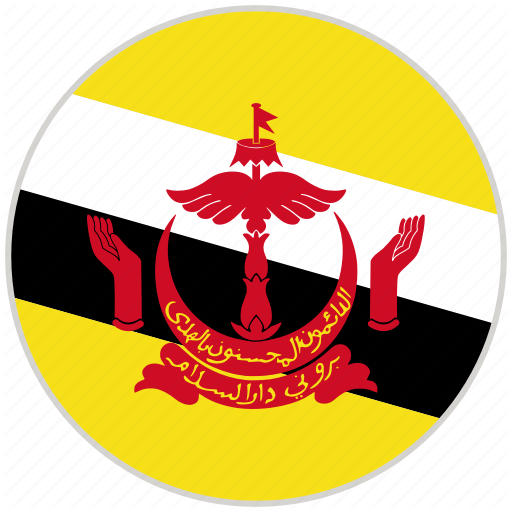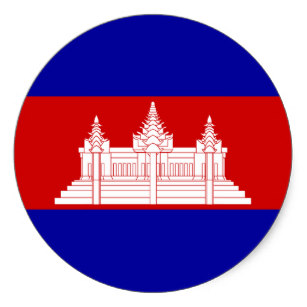Track Two diplomacy is a unique approach to multilateral cooperation in dealing with international relations among Asia-Pacific countries. Apart from the 10+3 mechanism, East Asian countries are beginning to set up some important unofficial coordinating mechanisms.
The two East Asian studies groups:
In 1998, South Korean President Kim Dae Jung proposed that in order to promote regional cooperation in East Asia, relevant research institutes should be established with the aim of offering policy suggestions for the official cooperation among East Asian countries. In line with this proposal, two research institutes concerning East Asian affairs were established under the 10+3 framework. (1) East Asian Vision Group---EAVG: this is a nongovernmental organization among East Asian countries and a mainly consultative unofficial mechanism under the 10+3 framework. At the East Asia Summit Meeting held in December 1998, this group was decided to be set up formally. In 1999, it was established formally, with its members consisting of celebrated scholars from East Asian countries. In April 2000, the Second Conference of EAVG was held in Shanghai, China. The conference covered a wide range of topics and there were no restrictions on it, including determining of the nature of East Asian cooperative mechanism, forms of East Asian cooperation, politics, economy, finance and scientific cooperation. In October 2002, this group worked up an EAVG report entitled “Towards An East Asia Community", which became important grounds for discussing East Asian cooperation at the 10+3 unofficial summit. (2) East Asian Study Group---EASG: it focuses on the specific East Asian cooperation fields and appropriate measures. In 2002, EASG formally formulated a report entitled “Final Report of the East Asia Study Group", putting forward 17 near-term measures and 9 long-term measures for East Asian regional cooperation.
In addition, East Asian countries formed an “Industry and Commerce Forum" in the business community. This forum was made up of business people and scholars, who discussed entrepreneurial cooperation affairs among East Asian countries at irregular intervals. At present, research institutes from China, Japan and South Korea are deliberating upon establishing a certain mechanism and incorporating the ASEAN academic institutes into it under possible conditions.
Since 2003, under the 10+3 framework, another three Track Two mechanisms have been set up. (1) East Asia Forum: established in the light of the suggestions proposed in the two reports by EAVG and EASG, it consists of governmental and nongovernmental officials at all levels, with the purpose of promoting extensive social exchange and regional cooperation. Initiated by South Korea and organized by Yonsei University, this forum's first annual conference was held in December 2003. (2) Network of East Asia Think Tanks: based on the ninth proposal of the near-term measures suggested by EASG, this network has been taken over by Chinese government and approved by East Asian Informal Summit. In the beginning, the Asia-Pacific Research Institute of the Chinese Academy of Social Sciences acted as General Coordinator, and later China Foreign Affairs University took it over. Its first annual conference was held in September 2003 and the second will be organized by the Rajabhat Institute Buriram of Thailand. (3) Comprehensive Human Resources Development Program for East Asia: this is also the content of the 11th near-term measure proposed in the EASG report, taken over by Japanese government.
Furthermore, there is an event called East Asian Congress in East Asia, initiated by Malaysia. Its first conference will be held in August 2004. Although it does not belong to the official 10+3 mechanism, the scale of the meeting is fairly large and has fairly great influence.











.png)



.png)




